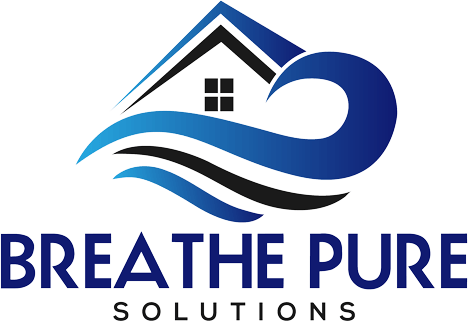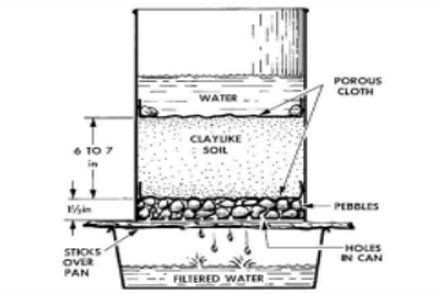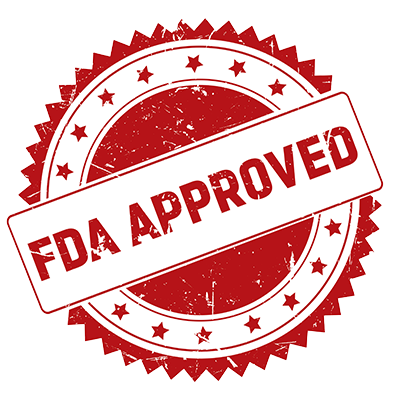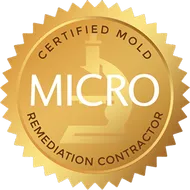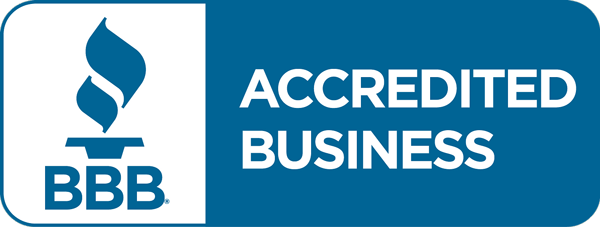The term “mold load” has been an effective way of describing the mold burden that is in our homes. Not entirely different from high or low blood pressure, high or low cholesterol, or high or low electromagnetic radiation. It is safe to assume, and in my mind, very obvious, that some homes have a very high mold load, and some homes have a very average mold load.
Have you ever asked yourself why some homes can have a leak, and the mold growth is very very minimal, and others, the mold thrives. These same homes in which the mold thrives, also seem to grow mold in the tub and shower area often, and the food on the counter or in the refrigerator gets moldy quickly. Its a variable that is not often discussed.
The reason for the variability is the ever growing mold load in the home. It is safe to say that all homes have some mold, just as all air that we breathe indoors or outdoors has mold. However, the term mold load is beyond the scope of simply the number of spores that are in the air. Mold load includes spores in the air, growing mold on surfaces, dormant mold on surfaces and in the air, hyphae or hyphal fragments on surfaces or in the air, and the associated mycotoxins Keep in mind, you need at least one million spores within a square inch to be able to see any mold with the naked eye. So lets not assume that if we had an issue, we would see it. Additionally, mold does not die off like bacteria. It can change from sporing to growing, to dormancy etc etc, but it does not generally die-off. It is for this reason, the mold load of every home increases day by day, and year by year. It’s a concept that the traditional remediation world refuses to recognize, and for good reason. They simply do not have an answer for the mold load that is throughout the home. In fact, they double down on NOT recognizing this by “containing” with plastic, the area to be addressed.
